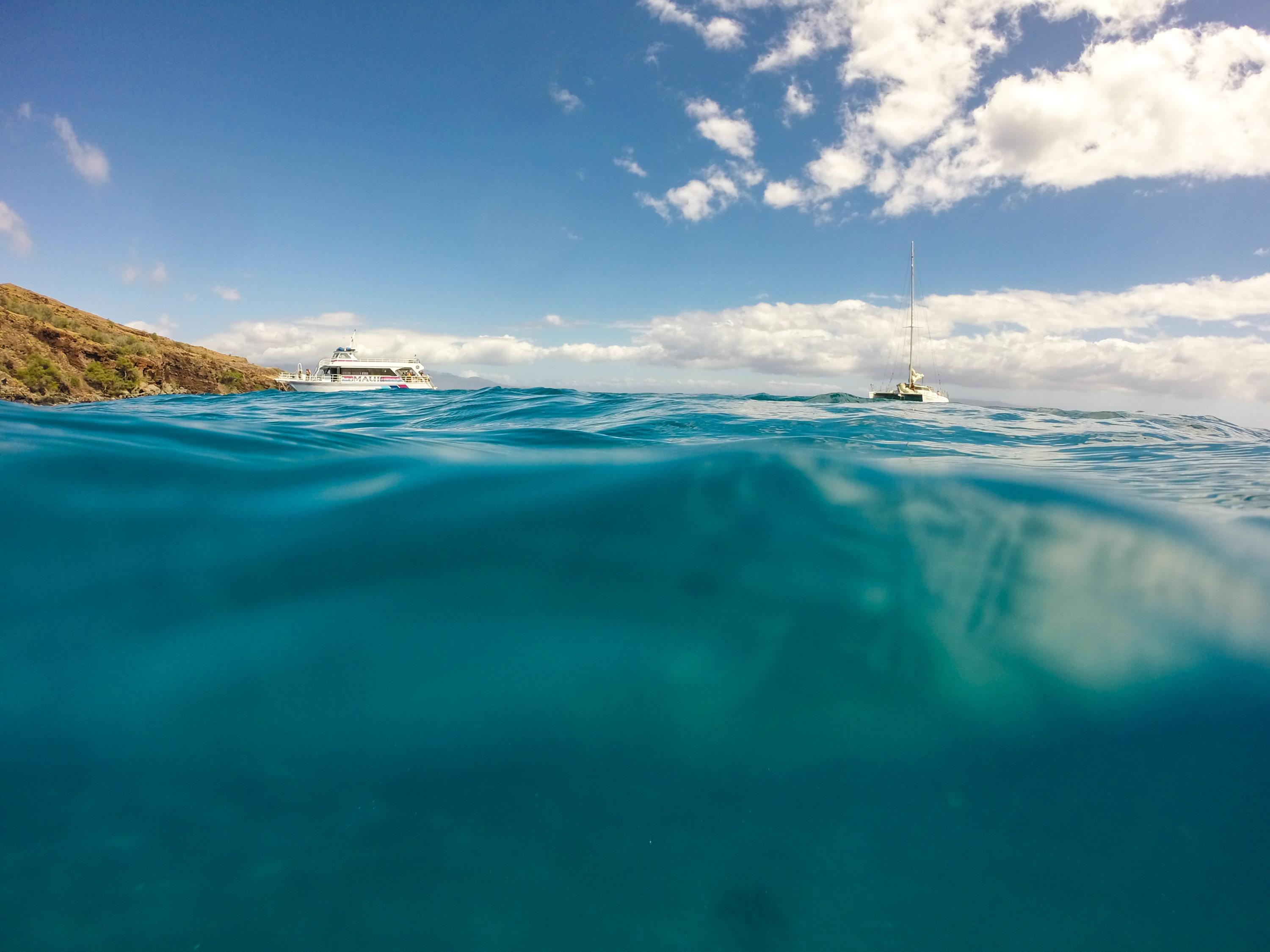
GOING GREEN
I came across this ditty from Michael Vatalaro about the growing trend of going green with boat manufacturers.
A byproduct of boatbuilding is the release of Volatile Organic Compounds, better known as VOCs. These organic compounds easily evaporate into the air (hence they're "volatile") and are regulated at many levels, including federal air-quality standards and indoor air standards. If you grew up using oil-based paints in your house and remember when water-based latex paints began to be used, you were witnessing a move away from solvents and the VOCs they contained. There are many sources of VOCs in industrial applications, but you're probably very familiar with the resins used to make fiberglass boats and the paint and finishes used on boats. Bottom paint, in particular, is going through a revolution right now, with the introduction of water-based paints.
Solving The Solvent Issue
Remember the last time you painted your boat's bottom? It's a messy, uncomfortable process for many of us, but with new, water-based anti-fouling paints, such as Hydrocoat from Pettit and Micron Optima from Interlux, you've gone from a paint that could eat through a roller to ones that clean up with soap and water. These low-odor paints feature dramatically lower VOCs, often a reduction of more than 50 percent, compared with paints with traditional solvents, so you can even paint indoors in some circumstances. It should be noted these are still multi-season ablative paints. Once dried, they are no different than traditional paints. In fact, you can apply them right over your old paint.
By switching to using water as a solvent, instead of harsher (and regulated) solvents, bottom-paint manufacturers are preserving your ability to continue to paint your own hull.
Closed Molding Is The New Black
In the not-so-distant future, closed-molding techniques, like vacuum bagging, will be the standard across the boatbuilding industry, at least for builders of any significant volume. Some VOCs cause smog and other serious problems. Therefore they are regulated at the federal level. But poor air quality isn't equally distributed across the country. If you live in the Northeast, your air is already subject to strict scrutiny. Ditto California, or in parts of Texas. But eventually, the gradual tightening of regulations regarding toxins will impact the whole country.
"There will come a day where every drop of resin a builder brings into the plant will need to be accounted for, whether it goes into a boat or is spilled on the floor," says Peter Frederiksen of Viking Yachts. The New Jersey-based builder of sportfish yachts vacuum-bags just about every hull already, even their 92-footer (left). And while the prep for vacuum bagging — the time required to lay up the materials that will go into the hull, seal the mold under plastic, run the hoses, hook up the manifolds, and attach vacuum pumps — seems quite involved, there are a lot of benefits. First, the plant has less odor and harmful chemicals in the air. Second, the precise metering of resin means the right amount is always used throughout. Not too much, which adds unnecessary weight, nor too little, which can make the hull brittle. And the vacuum pressure virtually eliminates voids, those hidden places where no resin flows into the fiberglass. These things mean a better boat. Plus, of course, allowing the resin to set under seal prevents those VOCs from escaping.